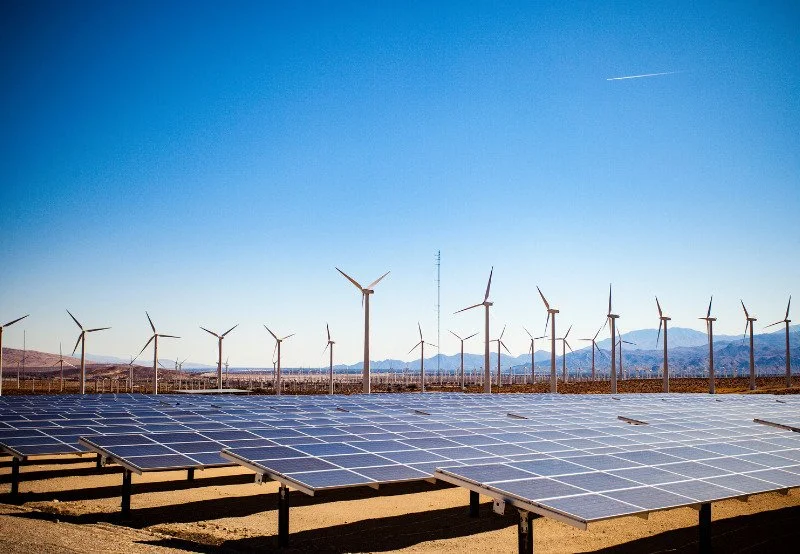IEA Market update (Q2 2022)
Source: IEA.org
“Renewable electricity capacity additions broke another record in 2021 and biofuels demand almost recovered to pre-Covid levels, despite the continuation of logistical challenges and increasing prices. However, the Russian Federation’s invasion of Ukraine is sending shock waves through energy and agriculture markets, resulting in an unprecedented global energy crisis. In many countries, governments are trying to shelter consumers from higher energy prices, reduce dependence on Russian supplies and are proposing policies to accelerate the transition to clean energy technologies.
Renewable energy has great potential to reduce prices and dependence on fossil fuels in short and long term. Although costs for new solar PV and wind installations have increased, reversing a decade-long cost reduction trend, natural gas, oil and coal prices have risen much faster, therefore actually further improving the competitiveness of renewable electricity. However, how rapidly renewables can substitute fossil fuels hinges on several uncertainties and will depend on many factors. Will renewable electricity sources defy this global energy crisis and continue to expand quickly despite emerging political and macroeconomic challenges? At the same time, growth in biofuels demand faces significant headwinds from both lower transport demand growth and high biofuel prices. Will demand growth resume at historical rates?”
Highlights from the IEA market update:
The current global energy crisis has added new urgency to accelerate clean energy transitions and, once again, highlighted the key role of renewable energy. For renewable electricity, pre-crisis policies lead to faster growth in our updated forecast. Notably, wind and solar PV have the potential to reduce the European Union’s power sector dependence on Russia's natural gas by 2023.
At the same time, it is too early to assess the potential impact on our 2022 and 2023 forecast of newly announced targets following the Russian invasion of Ukraine, in the absence of rapid policy implementation.
Annual renewable capacity additions broke a new record in 2021, increasing 6% to almost 295 GW, despite the continuation of pandemic-driven supply chain challenges, construction delays and record-level commodity prices for raw materials.
Solar PV and wind costs are expected to remain higher in 2022 and 2023 than pre-pandemic levels due to elevated commodity and freight prices. However, their competitiveness actually improves, due to much sharper increases in natural gas and coal prices.
Renewable capacity is expected to further increase over 8% in 2022, reaching almost 320 GW. However, unless new policies are implemented rapidly, growth remains stable in 2023 because solar PV expansion cannot fully compensate for lower hydropower and steady year-on-year wind additions.
Globally, forecast additions for 2022 and 2023 have been revised upwards by 8% from December last year, thanks to strong policy support in the People’s Republic of China (hereafter, “China”), the European Union and Latin America, and despite downward forecast revisions in the United States.
Biofuel demand recovered in 2021 from Covid-19 lows, to near 2019 levels, and we expect growth to expand year-on-year by 5% in 2022 and by 3% in 2023. On the other hand, increasing feedstock prices and policy reaction from multiple countries slows growth in the short term, leading to a 20% downward revision of our previous biofuel demand growth forecast. Russia’s invasion of Ukraine is also putting upward pressure on an already high-price environment for biofuel feedstocks, in particular vegetable oils.
While looming market uncertainties increase challenges, the new focus on energy security – especially in the European Union – is also triggering an unprecedented policy momentum towards accelerating energy efficiency and renewables. Ultimately, the forecast of renewable markets for 2023 and beyond will depend on whether new and stronger policies will be introduced and implemented in the next six months.”
IEA (2022), Renewable Energy Market Update - May 2022, IEA, Paris

